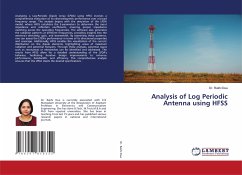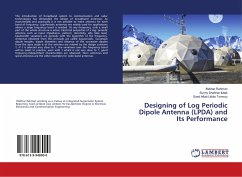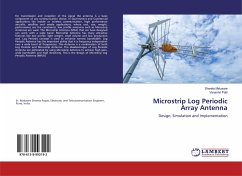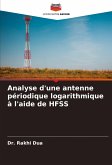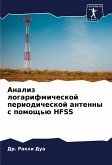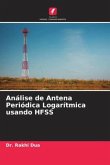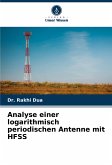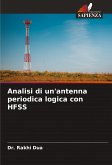Analyzing a Log-Periodic Dipole Array (LPDA) using HFSS involves a comprehensive evaluation of its electromagnetic performance over a broad frequency range. The analysis begins with the simulation of the LPDA model, where HFSS calculates the S-parameters to determine the input impedance and reflection coefficients, ensuring proper impedance matching across the operating frequencies. The software also generates the radiation patterns at different frequencies, providing insights into the antenna's directivity, gain, and beamwidth. By examining these patterns, one can assess the LPDA's performance in terms of its directional properties and coverage. Additionally, HFSS enables the visualization of the current distribution on the dipole elements, highlighting areas of maximum radiation and potential hotspots. Through these analyses, potential issues such as resonances or mismatches can be identified and addressed. The results from HFSS allow for a detailed understanding of the LPDA's behavior, facilitating iterative design improvements to enhance performance, bandwidth, and efficiency. This comprehensive analysis ensures that the LPDA meets the desired specifications .
Bitte wählen Sie Ihr Anliegen aus.
Rechnungen
Retourenschein anfordern
Bestellstatus
Storno

